By Hana Chen
Saturdays are meant for sleeping late, or so the ever-popular Pinterest quote goes.
That, however, is not the case for TJ Taylor.
It’s 8.30am, and I’ve just stepped into the Sing’Theatre premises, bleary-eyed and armed with caffeine. The theatre company is on the second storey of a shophouse on Tan Quee Lan Street, a quiet thoroughfare just off North Bridge Road.
Despite the early hour, the 29-year-old head teacher and associate artistic director at local performing arts company Sing’Theatre is cheerful and upbeat. He greets me warmly even as he bustles around the studio, getting ready for his first class of the day.
But it wasn’t always the case.
When the pandemic first struck two years ago, it hit the performing arts industry hard. TJ remembers how news of the first circuit breaker (in Apr 2020) didn’t really sink in for him till later.
“We were in the middle of doing shows. Our students were so excited, we were halfway through these amazing shows that were going to be really great,” he recalls.
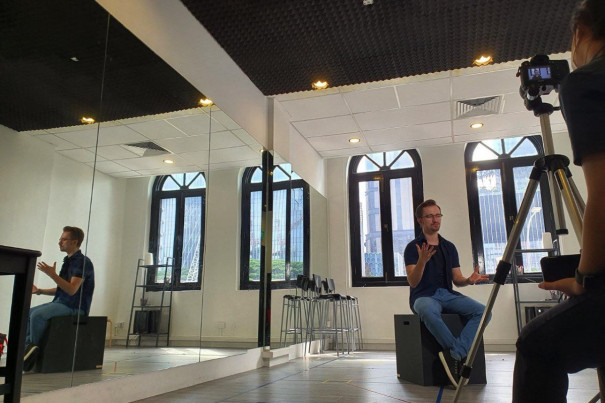
As part of Portraits of The Pandemic, The Pride’s latest video series on people in Singapore who have weathered the impact of Covid-19 on their livelihoods, TJ tells us how as an arts practitioner, he felt the effects of the pandemic more keenly than most, especially since it resulted in dearth of work within his field.
Initially, he and his fellow teachers thought it’d be a short break from work — a week or two off before they could continue on as usual. However, they belatedly realised that it wasn’t a temporary thing: it was the start of an extremely difficult time for the performing arts.
All of a sudden, they were unable to stage live performances, and had to scramble to find ways to pivot their shows online.
“Is this the end of my job?”
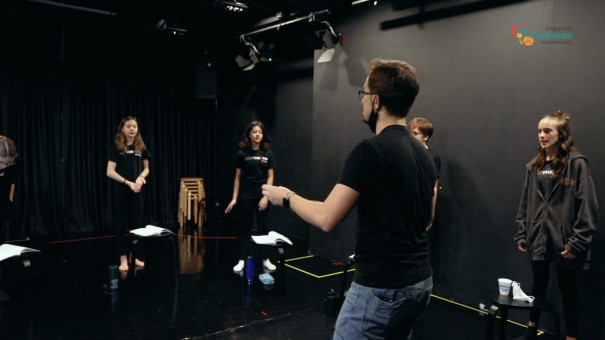
The future seemed bleak — and it didn’t help that there was no clear end in sight for the pandemic. The initial month-long circuit breaker measures were extended for another few weeks, and live performances were banned even after Singapore began to ease restrictions.
“I checked in with all my performer friends, and people just lost work overnight. (There was) no work at all in the performing arts industry,” says TJ.
According to the Straits Times, by April 2020, the performing arts industry had lost more than $2.6 million in box office sales alone. In the two years since, it’s been a struggle for arts practitioners to keep their fields going, and some have had to find alternative forms of income to stay afloat.
In 2021, conductor Chiya Amos’s story about how he had to work as a food deliveryman to make ends meet started a conversation on the support for freelance musicians in Singapore. While his story has a happy ending, it’s a reflection of the dire straits that TJ and many others in the performing arts industry found themselves in.
Some of TJ’s friends had to leave performing arts entirely; their absence is a loss to the industry, he says sadly.
TJ considers himself to be one of the luckier ones — unlike freelancers, he had the assurance of employment with his full-time position at Sing’Theatre.
Even so, that safety net was dependent on the survival of the company itself.
“I remember that first meeting (during the circuit breaker) was just us going — what do we do? How do we do this?”
Making the move online
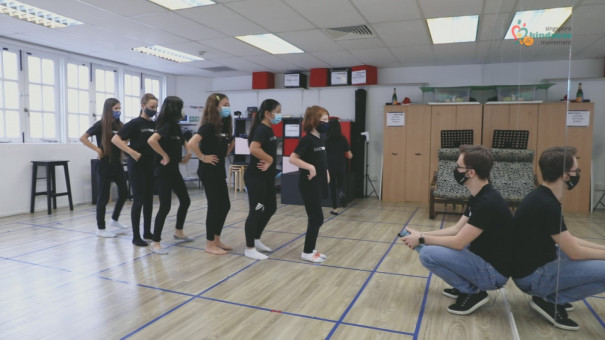
TJ is talking to me while preparing for his 9am class — a rehearsal for a live production of Into The Woods. In between songs, the young students chatter among themselves, breaking into nervous giggles when they spot the cameras filming.
They’ve only recently resumed in-person classes at Sing’Theatre.
With the current restrictions, they’re allowed to be unmasked while singing in small, socially-distanced groups. It’s not quite the carefree intermingling of pre-pandemic times — but it’s still a great improvement from what TJ had to work with when Covid-19 first hit.
At that time, due to circuit breaker guidelines, Sing’Theatre suspended all physical classes.
So that was why, explains TJ, that the first order of survival was to pivot online.
The company didn’t just move its regular classes online — it also found ways of adapting productions for an online format.
“Never, ever, did I think that I’d be livestreaming theatre, because obviously, people go to the theatre to experience theatre,” laughs TJ.
Other stories you might like
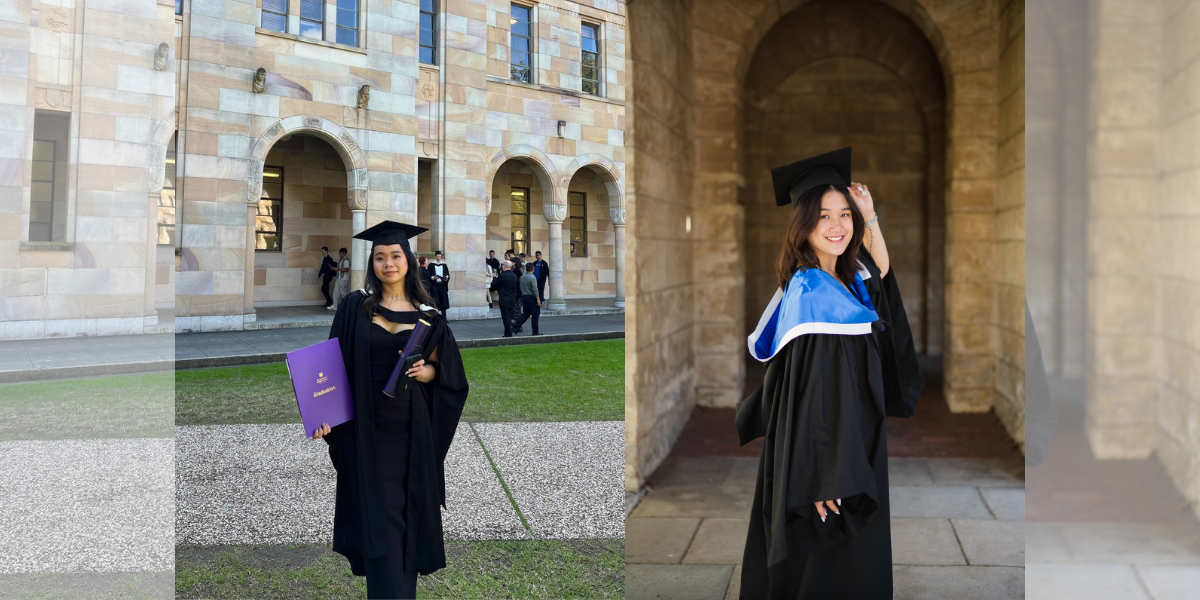
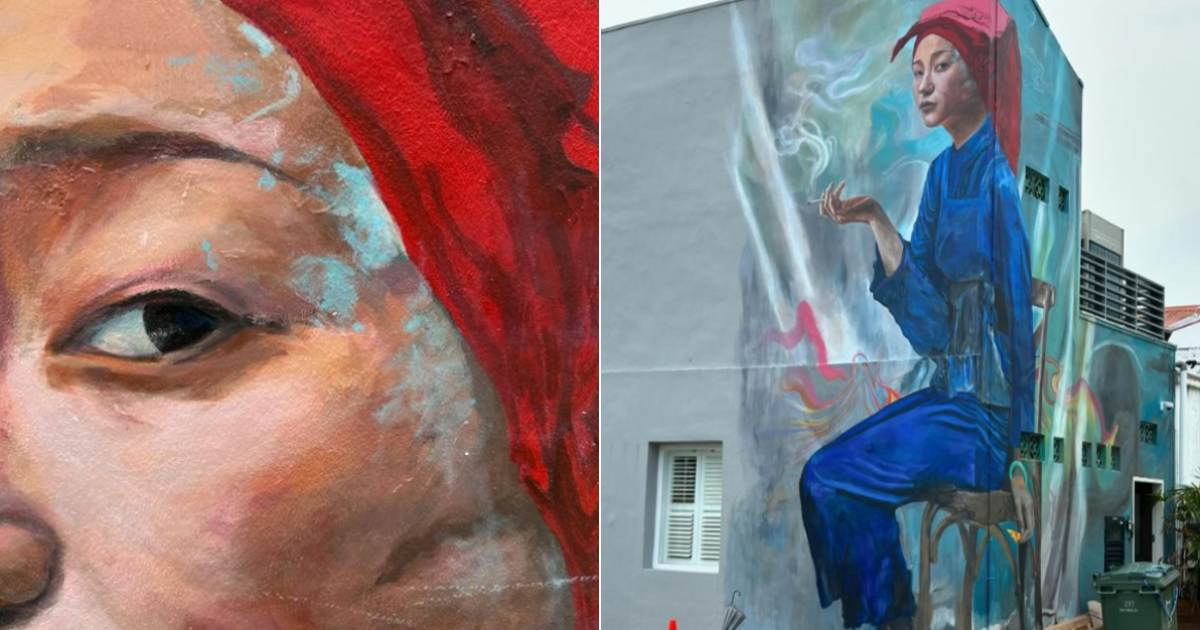

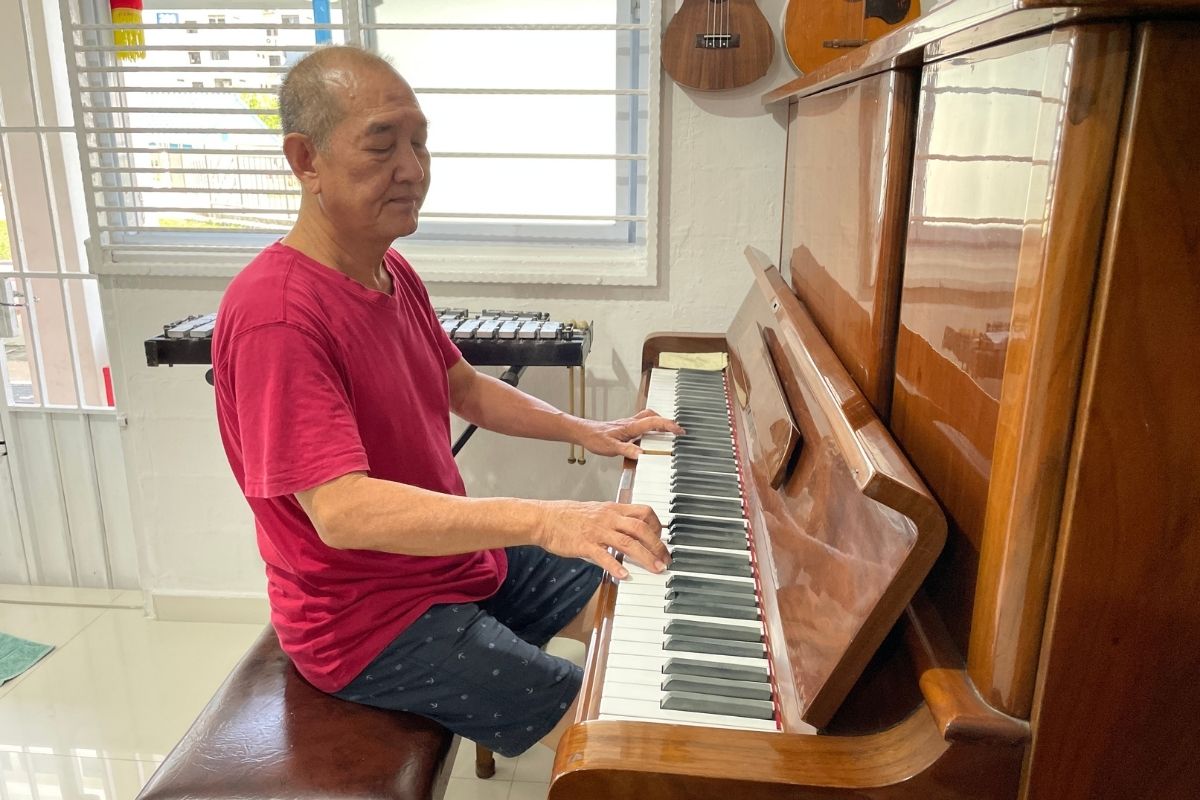
It was a steep learning curve. Theatre is meant to be performed for a live audience, and so everything from the placement of props to the positioning of actors is designed with a physical audience in mind.
TJ and his team had to learn to incorporate camerawork to pull off the production. Besides that, they were limited to five persons per scene and no intermingling amongst cast members — adaptations forced on them by restrictions.
Although it was a challenging time, TJ still found positives in the process.
“It was a chance for the students (and teachers) to try something new.”
Despite the challenges, the students, parents and teachers at Sing’Theatre rallied together through the pandemic, holding online workshops and even hosting an extremely popular Musical Theatre Open Mic Night.
They even managed to come together to do some good for those around them. In both 2020 and 2021, Sing’Theatre held Singathon, a 12-hour online fundraising concert to help those in the performing arts community.
Not 100% out of the pandemic
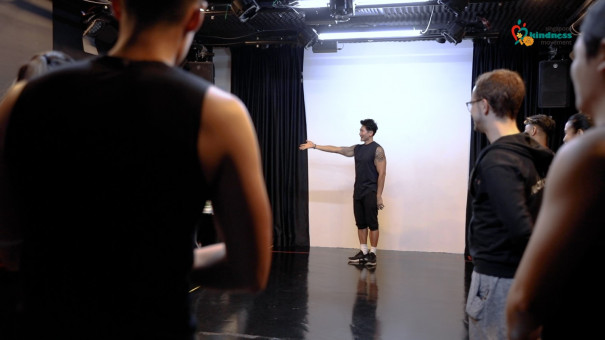
Things are looking up for the performing arts industry.
As of Mar 29, there are no longer any restrictions on the number of performers or crew in a performance. Audience sizes can exceed 1,000, provided certain conditions are met, and there are no longer class size limits for training and performance workshops.
The relaxing of the safe-management measures means that performers can now resume normal working activities — going back on stage, teaching more classes, and finding regular work again.
For TJ, this means that he’s finally acting in a full musical — in this case a production of Quasimodo from Apr 15 to 24.
It’s his first stage performance since coming to Singapore from the UK in 2013. For the past nine years, the musical arts graduate has mostly been focused on teaching musical theatre, not performing it.
“For a lot of performers, it’s their first time for two or three years since Covid,” shares TJ, “so we’re all very excited to get back to it.”
Everyone needs to chip in
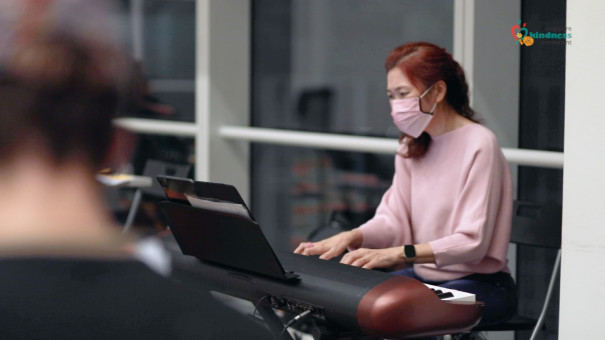
Even in his eagerness to return to the stage, TJ knows that community support is critical for the performing arts to recover.
“We need everybody to take the plunge and go back to see live events. Support live music, support live theatre, because that’s the only way that these theatre companies and these musicians can keep going.”
This support is necessary for the survival of the local performing arts industry — without an audience, the show cannot go on, so to speak.
The industry has suffered the loss of many talented performers during the pandemic, and steady work is needed for them to be able to make a comeback.
Nonetheless, TJ remains optimistic about the future of performing arts in Singapore.
“My feeling towards the pandemic now is of hope, that we are able to move forward and to continue making art.”
If you like what you read, follow us on Twitter and Google News to get the latest updates.

